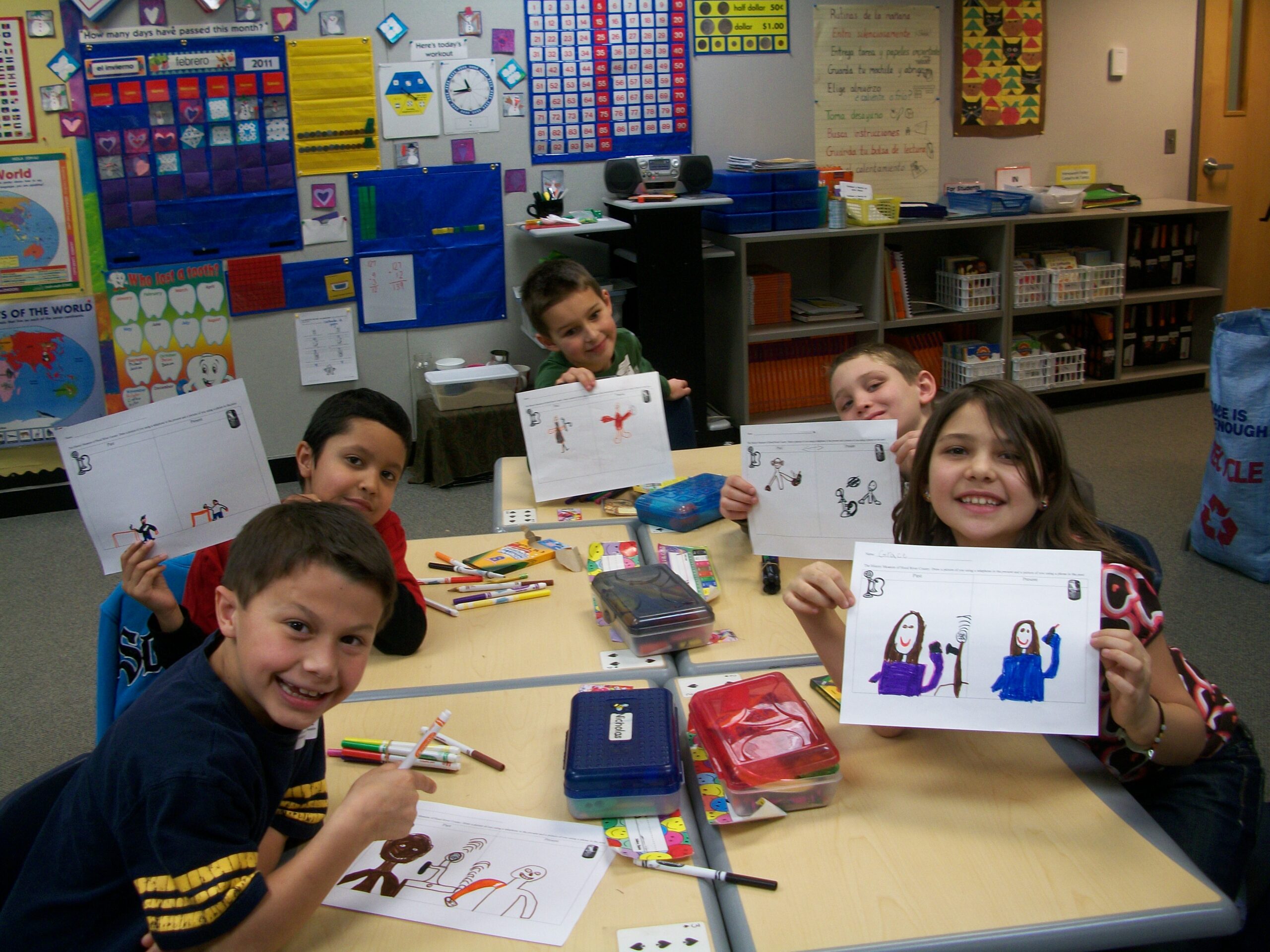As the summer holidays are approaching, students seem to be overworked or plain fed up with their school workload. Teachers, on the other hand, are confronted with the never-ending struggle to cover yet another unit, whether the course is exam-oriented or not. As a result, there often appears to be a conflict between students’ expectations and teachers’ views on classroom instruction and the pacing of the lesson.
Evidently, there comes a time when even the most highly motivated group of students come across as being disengaged or mentally exhausted by the demands made from them not only in the ELT classroom but for all subjects in their daily school routine. This applies even more so, in the general English classroom, referred to also as English for No Specific Purpose, as opposed to English for Specific Purposes.
By Chryssanthi Papadimitriou: Primary state school teacher, HOU MEd in TESOL student
Although most students acknowledge the importance of speaking an international language (or lingua franca), such as English, which may often be a prerequisite for their professional achievement in the near future, the lack of immediate need to use the language may act as a setback towards learning. This is especially true for a country such as Greece, where classes are typically monolingual as opposed to the various summer schools for foreign learners in the UK. Students use English only in the classroom, and may even revert to the mother tongue in order to communicate with their classmates when unmotivated or simply bored.
What can teachers do to sustain students’ motivation when despite good planning, affective factors come into play?
First of all, we must recognize that students and young learners in particular, do not only have linguistic needs; progress and achievement in a foreign language involves catering for affective and social needs that learners may have. A teacher who is aware of his/her students’ psychological state, will make an effort to provide variety and pacing to the lesson to bridge the gap between perceived student and teacher expectations and make some adjustments to the syllabus content, so as to maximise student involvement. This entails finding alternative ways to present new linguistic forms though meaningful tasks, adopting a Task-based approach to language learning, the emphasis being on communication through real-life tasks, such as role-plays and exposure to authentic written and oral material.
Secondly, following the coursebook may be convenient for both teachers and students, by providing structure and continuity to the lesson, yet the existence of what is known as the hidden curriculum, dictates a certain degree of deviation from what is considered to be the norm (i.e. the coursebook). It comes as no surprise how much students appreciate it when an activity or series of topic-related tasks have been specially designed by the teacher, based on feedback received during class discussion, regarding a topic that they find interesting.
I am not supporting that students alone should decide on the content and material to be dealt with during the lesson, but it might be preferable to involve learners in stimulating tasks and activities, by taking into account the particular needs of the specific teaching context. After all, how can one claim to favour a learner-centered approach in one’s classroom when one excludes student involvement also through the choice of course content? Both extremes (presence or lack of student involvement in course content selection) may be undesirable or tricky, but a certain degree of negotiation on the part of the teacher and students, guarantees increased motivation and leads to a flexible and more open curriculum. This results in shaping autonomous learners who learn both in and out of school and this view is evident in the suggestions given below (see Table 1), which will help learners in claiming some responsibility for their own learning. The teacher thus becomes a facilitator and guide in their journey of mastering a second language, contrary to the traditional role of the teacher being the all-knowing figure imparting one’s wisdom.
Finally, students must be trained to seek ways and paths to widen their horizons and improve their linguistic skills by using the language, not learning about the language. This journey is deemed to be more satisfying than the ultimate destination, although they are bound to taste the fruits of their labour, as by then, their motivation will have definitely have turned into intrinsic motivation and not be merely extrinsic, in obtaining good grades or a language certificate, according to societal or family expectations.
To make all the above more concrete, when it appears that all students have on their mind is the summer holidays, for instance, it would be absurd not to take advantage of this opportunity to introduce holiday-related vocabulary or functions such as making suggestions (for summer holidays), agreeing and disagreeing on holiday destinations, making holiday plans, expressing modality for the choice of one holiday destination over another and so on. Revision or introduction of new linguistic forms becomes much more meaningful and memorable this way, as students are cognitively geared and in this ‘holiday’ state of mind. Therefore, chances of storing the new language forms in long-term memory are greater, when the topic and task involves them in some way.
|
A. Suggestions for Seasonal Activities
The suggested tasks, which are built around the topic of ‘holidays’, can lead to a problem-solving role-play task. |
||||||||||
|
1. The teacher introduces the topic of ‘holidays’ by briefly discussing the main reasons why people go on holidays and encourages students to think about the different types of holidays that people go on. Students work in pairs and make a list. e.g.: |
||||||||||
|
||||||||||
|
2. Students are given a set of pictures depicting the types of holidays having been listed and are given instructions on the task. They are going to listen to people discussing holiday plans and are asked to write down the items and equipment needed for going on each type of holiday (e.g. rucksack, torch, binoculars, camera, sunscreen, insect repellent, swimsuit, ropes, fishing rod, goggles, tent e.t.c.) |
||||||||||
|
3. Role-play. Students work in groups and read the information on their role-cards. They are the members of a family (parents and two children) planning to go on holidays. They must all vote for the best holiday destination ideas. There is an element of challenge as all family members possess certain pieces of information in their role-cards that the other members do not know. Each family member must find a way to convince the others that their choice is the most appealing. Role-plays and simulations are an ideal way of shaking off any reservations inhibited learners may have as they often assume a different identity (e.g. mother, father). |
||||||||||
|
B. Suggestions for the end of the school year |
||||||||||
|
||||||||||
|
||||||||||
|
||||||||||



